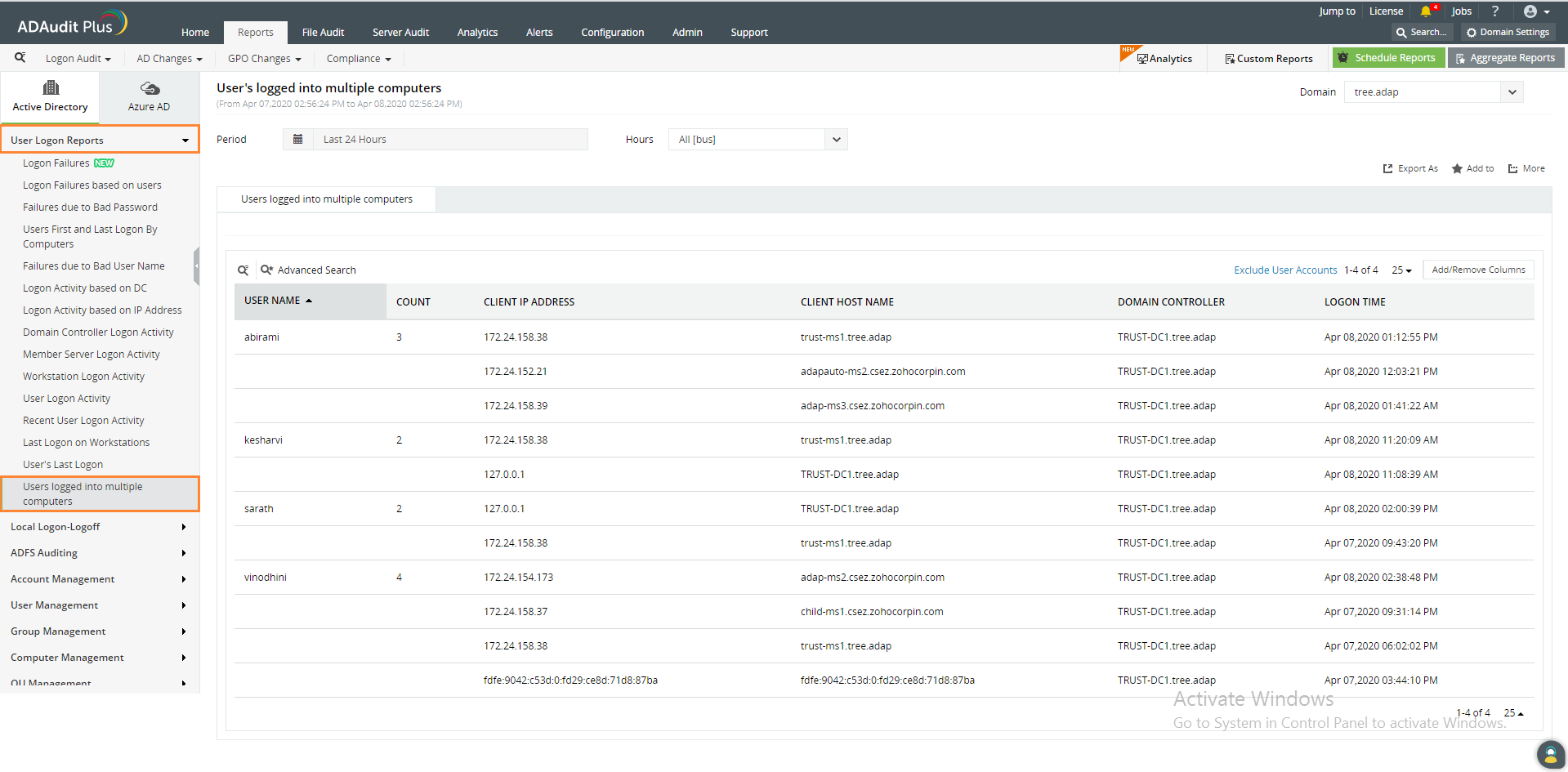

In particular, MariaDB offers better performance when it comes to views and handling flash storage through its RocksDB engine. Generally speaking, MariaDB shows improved speed when compared to MySQL. To perfectly replace MySQL with a GPL licenseĪnd they did a pretty good job achieving both.When MariaDB started as a project, its developers had two main goals in mind:
HEIDISQL VS MYSQL WORKBENCH CODE
When it comes to MySQL, even though the product is also open source, you have to be more careful to avoid legal trouble if you decide to make modifications to the code to deploy or distribute it. What this means in practice is that, if you have the need and skills, it's easier to change the internals of MariaDB and to deploy it wherever you need.
HEIDISQL VS MYSQL WORKBENCH LICENSE
Licensing modelīoth tools are available as open source, though they have some differences when it comes to their licensing models: MariaDB uses the GPL License version 2, whereas MySQL uses a more nuanced licensing scheme. While MariaDB and MySQL are pretty similar, there are some key differences to keep in mind when choosing between them, including licensing, performance, and support. It can be used with both MySQL and MariaDB.Īnother useful tool that's available for working with either MySQL or MariaDB databases is the MySQL WorkBench, a graphical client that's easier to work with than the command line. In fact MariaDB is fully compatible with MySQL since it was (and still is) intended to be a perfect replacement for MySQL.Ī standard MySQL installation comes bundled with a couple of useful tools, such as mysqldump, which is helpful for backups. They both use the same configuration files, default port to connect, etc. Let's take a look at the terminal client, for instance: In practice, however, both MariaDB and MySQL look and act in a very similar way. Since then, MariaDB has taken its own path forward. MariaDB began its life as a fork of MySQL code when Oracle bought MySQL from Sun Microsystems around 2010. After all, the same features are present in other products, such as PostgreSQL, Oracle, etc.Ī key thing to keep in mind when comparing MySQL and MariaDB is that they share a common ancestor. The relationships between the tables and other entities is known to the database (as opposed to what happens in a non-relational database)īut that's only scratching the surface.The SQL language is used to query and manipulate information.Information is organized in tables that hold records with a fixed number of fields.What MySQL & MariaDB have in commonĪt a high level, both MySQL and MariaDB are relational databases, which means they share a few characteristics: So in this post you'll learn what the two products are all about, what they have in common, how they're different, and in which cases you should prefer one or the other. One way to get it is by typing what is my IP in Google search engine.Should I use MySQL or MariaDB? That's probably the question in your mind right now. Step 1 – Allowing a Remote MySQL connection from your IP addressįirstly, locate your IP address using any online tool. So we will begin by explaining the steps to access a MySQL database created on Hostinger. We assume you already have a HeidiSQL client installed on your local machine. The remote MySQL connection made via your local machine will let you apply new updates and changes quicker, thus saving you the trip to the web hosting control panel.īefore you begin this HeidiSQL tutorial, you will need the following: Using it can greatly speed up development. While our web hosting plans offer phpMyadmin to help with database management, HeidiSQL is the preferred choice for many developers. You may use HeidiSQL to remotely connect to a database created here on Hostinger. HeidiSQL is an all-in-one tool for database management, development, and administration.


 0 kommentar(er)
0 kommentar(er)
